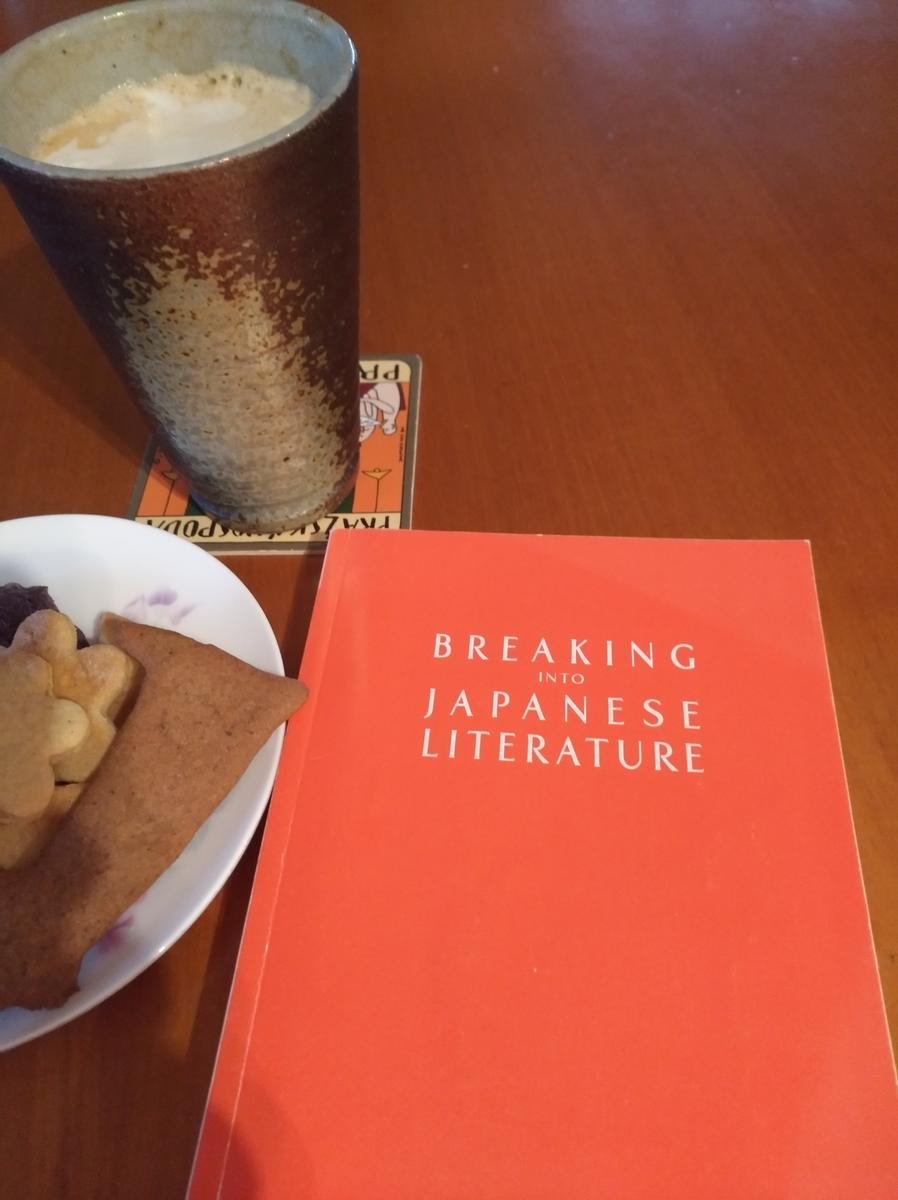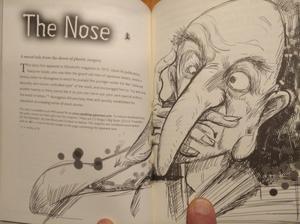Books - Read and Enjoyed
Breaking into Japanese Literature
Seven Modern Classics in Parallel Text
Kodansha USA, 2012
edited by Giles Murray

The book collects seven first class short stories in both Japanese and English and conveniently comes with a zero-omission dictionary. Although it is meant for the student of Japanese language, I enjoyed reading the short stories nonetheless since they are good stories, well related and each one is weird in its own way.
The authors of these stories are Natsume Soseki (1867-1916) and Akutagawa Ryunosuke (1892-1927). All the stories are a bit gloomy, some outright depressive and death plays a prominent role in most of them. Akutagawa Ryunosuke committed suicide and Natsume Soseki was married to a wife who was emotionally unstable and tried to kill herself, which made me check the suicidal rate of Japan. I found that in October 2020, 2100 Japanese died from suicide, slightly less than due to Covid in all of 2020 up to December 12, which was 2534. Suicide is considered a major social issue in Japan and based on the OECD data from 2017 its suicide rate is at 14.9 cases per 100 000 people, the seventh highest in OECD countries. For comparison, in 2017 the rate in Sweden was 11.4 and in Austria 12.4.
Anyway, even though these stories are gloomy, they are gems and some exhibit a peculiar humor like “The Nose”. Each story comes with a wonderful illustration by Tetsuji Kiwaki.
 |
 |
 |
To pick one, “In a Grove” seems like a criminal story. It starts with a dead man found in the woods and the chief of police tries to solve the crime by questioning witnesses, suspects and even the victim. So one by one the testimonies of seven persons are produced: the woodcutter who found the corpse, the traveling priest who met the victim and his wife the day before, the police officer who arrested the prime suspect, the mother of the victim’s wife, the suspect, the wife of the victim, and finally the victim himself. Through the testimonies we learn about three different accounts of what had happened with three different culprits, and it is up to the reader to judge their credibility.
As none of these stories offer simple conclusions they certainly wet the apatite for reading more from those authors.
(AJ December 2020)
